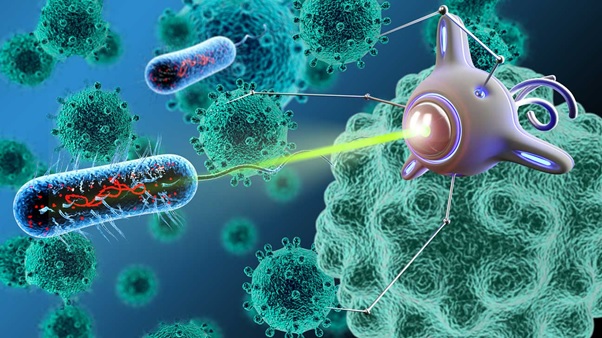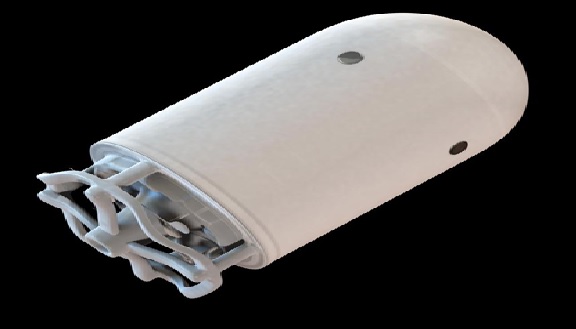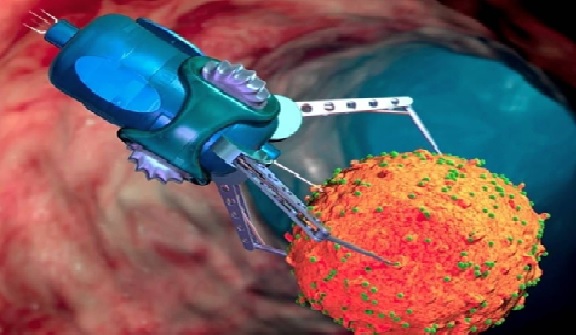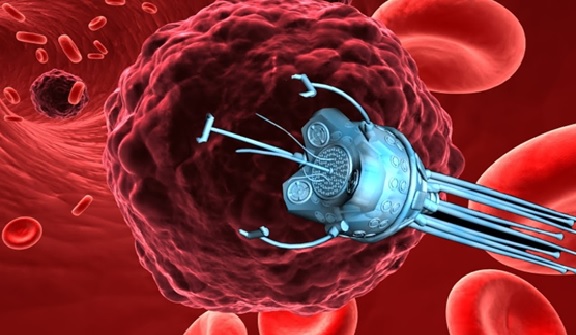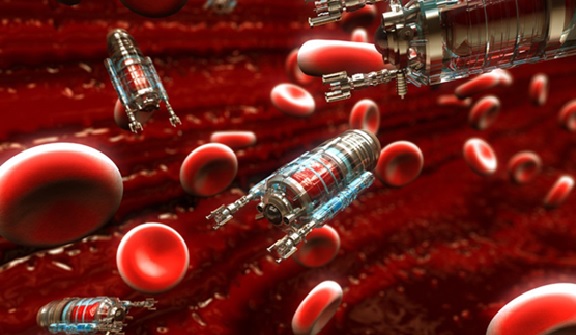Uses of Nano-Robotics Technology
Respirocytes are hypothetical nanobots engineered to function as artificial red blood cells. In emergencies where a patient [1] stops breathing and blood circulation ceases, respirocytes could be injected into the blood stream to figure 1 shown below transport respiratory gases until the patient is stabilized.
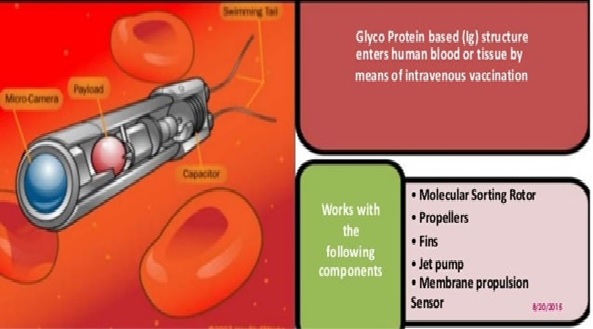
Figure1: Uses of Nano-Robotics Technology
Current proposals suggest respirocytes would be able to supply 200 times more respiratory gas molecules than natural red blood cells of the same volume. Clottocytes are another type of nanobot which function as artificial platelets for halting bleeds.
Nanorobotics in Surgery
Surgical nanorobots are introduced into the human body through vascular systems and other cavities. Surgical nanorobots act as semi-autonomous on-site surgeon inside the human body and are programmed or directed by a human surgeon. This programmed surgical nanorobot performs various functions like searching for pathogens, and then diagnosis and correction of lesions by nano-manipulation synchronized by an on-board computer while conserving and contacting with the supervisory surgeon through coded ultrasound signals.
Diagnosis and Testing
Medical nanorobots are used for the purpose of diagnosis, testing and monitoring of microorganisms, tissues and cells in the blood stream. These nanorobots are capable of noting down the record, and report some vital signs such as temperature, pressure and immune system’s parameters of different parts of the human body continuously.
Nanorobotics in Gene Therapy
Nanorobots are also applicable in treating genetic diseases, by relating the molecular structures of DNA and proteins in the cell. The modifications and irregularities in the DNA and protein sequences are then corrected (edited). The chromosomal replacement therapy is very efficient compared to the cell repair. An assembled repair vessel is inbuilt in the human body to perform the maintenance of genetics by floating inside the nucleus of a cell.
Nanorobots in Cancer Detection and Treatment
The current stages of medical technologies and therapy tools are used for the successful treatment of cancer
As cancer survival rates improve with early detection, nanorobots designed with enhanced detection abilities will be able to increase [2] the speed of a cancer diagnosis and therefore enhance the prognosis of the disease. Nanobots with embedded chemical sensors can be designed to detect tumor cells in the body.
Nanorobots will also have useful applications for biohazard defense, including improving the response to epidemic disease. Nanobots with protein based biosensors will be able to transmit real-time information in areas where public infrastructure is limited and laboratory analysis is unavailable.
References:
- https://www.azonano.com/article.aspx?ArticleID=4679
- https://www.elprocus.com/nanorobots-and-its-application-in-medicine/#:~:text=1%20Nanorobotics%20in%20Surgery.%20Surgical%20nanorobots%20are%20introduced,are%20used %20for%20the%20successful%20treatment%20of%20cancer.
Cite this article:
Nandhinidwaraka S (2021) Development of Nano-Robotics Technology, AnaTechmaz, pp 3


